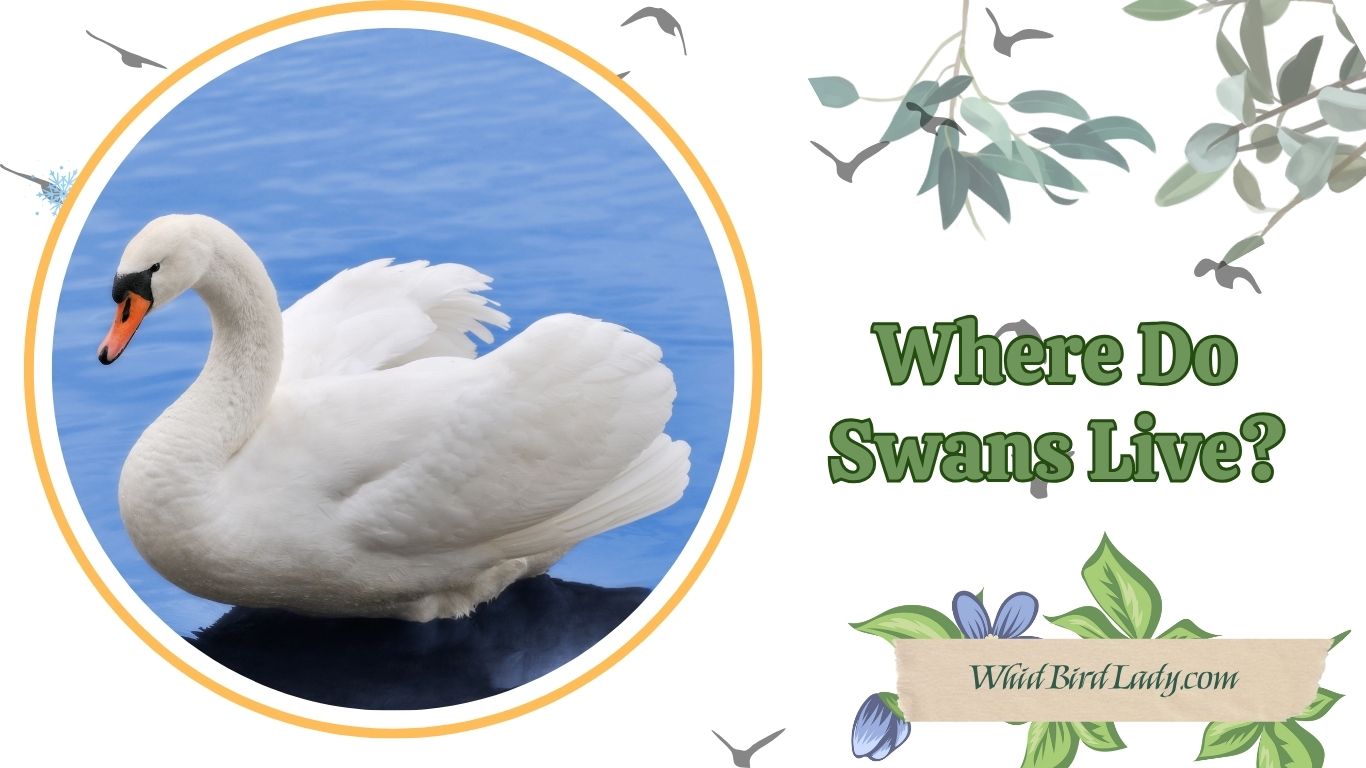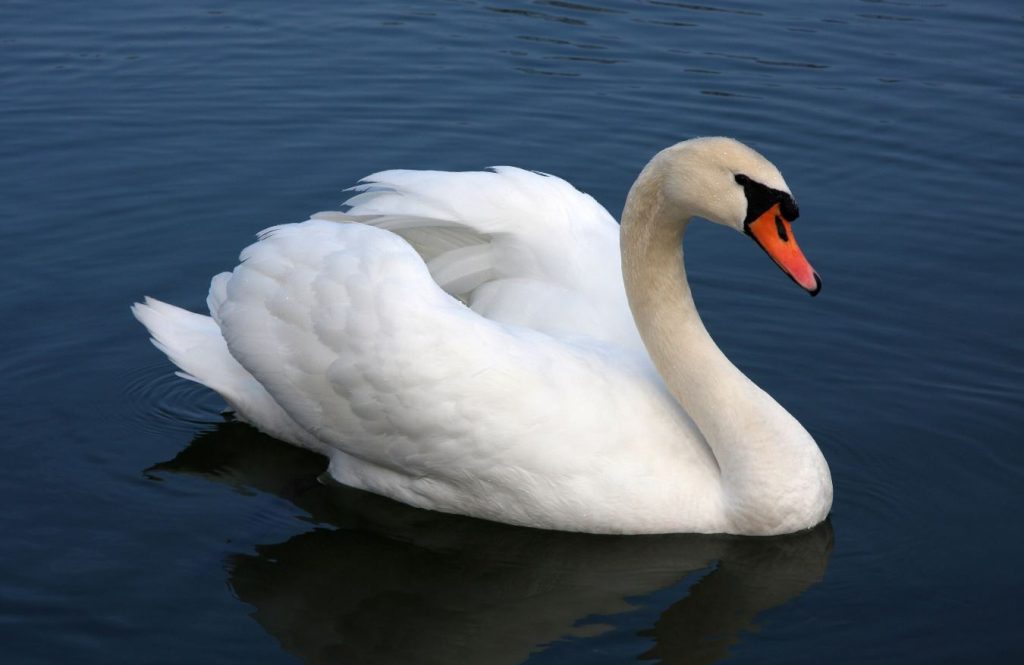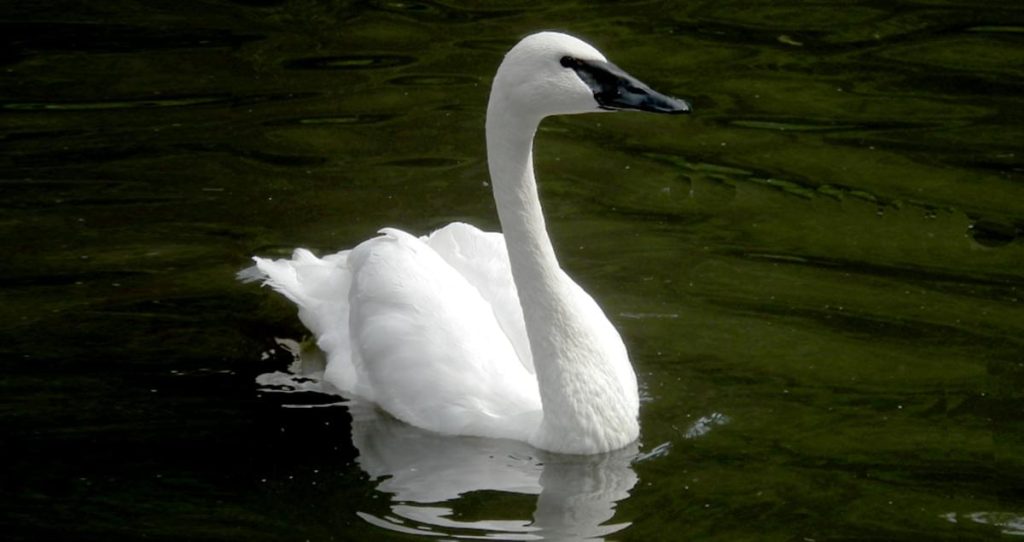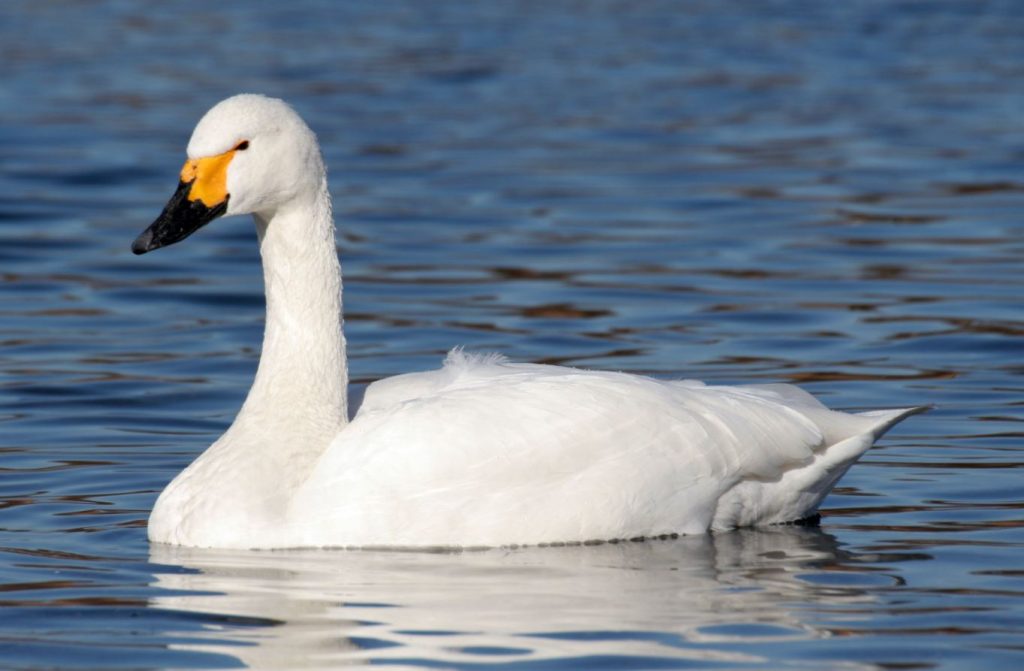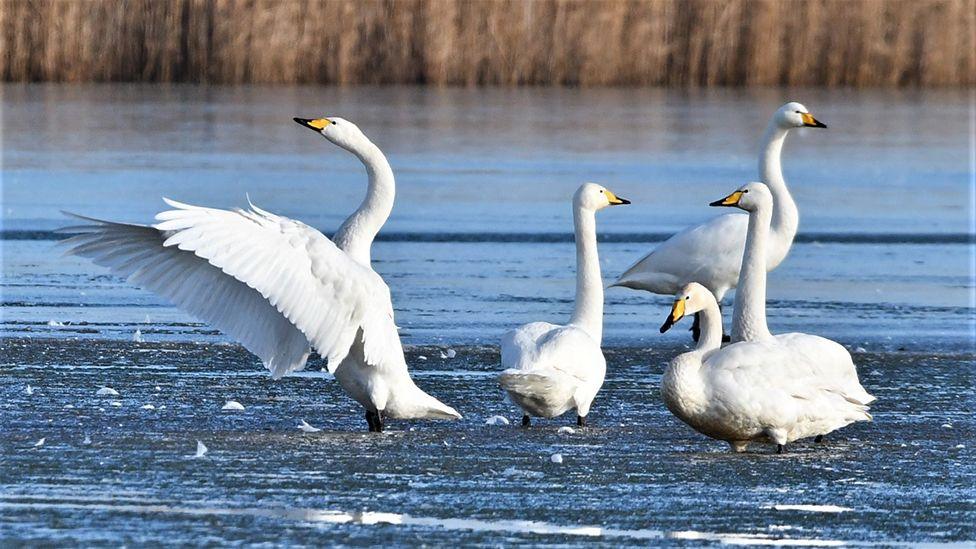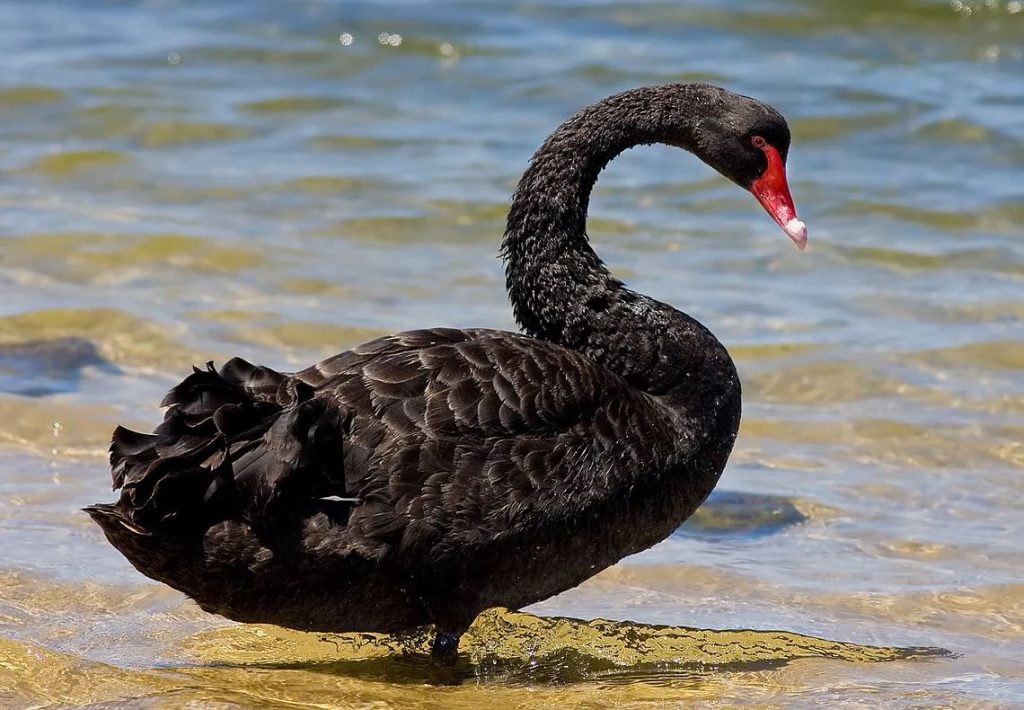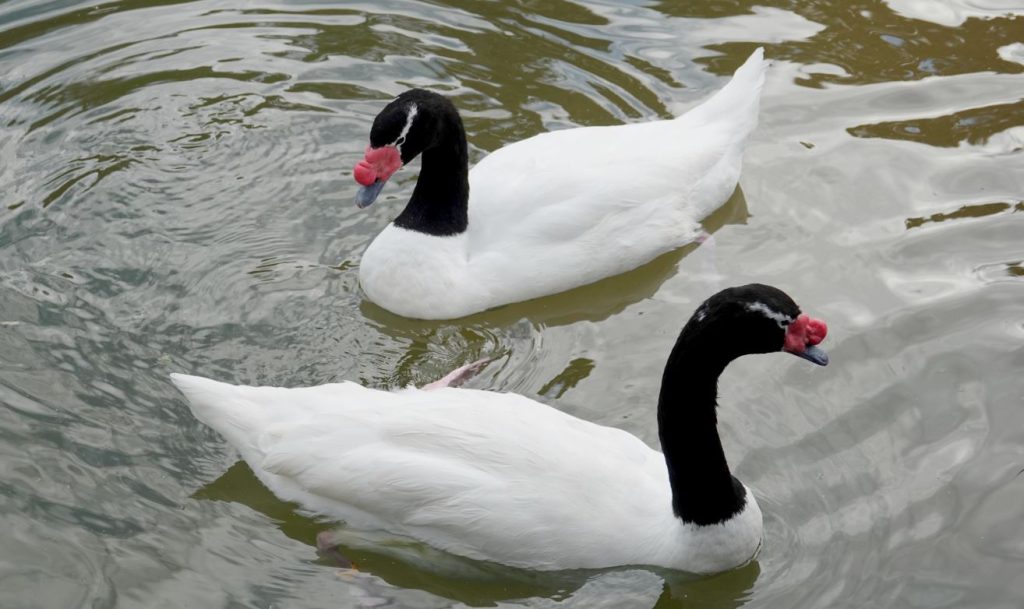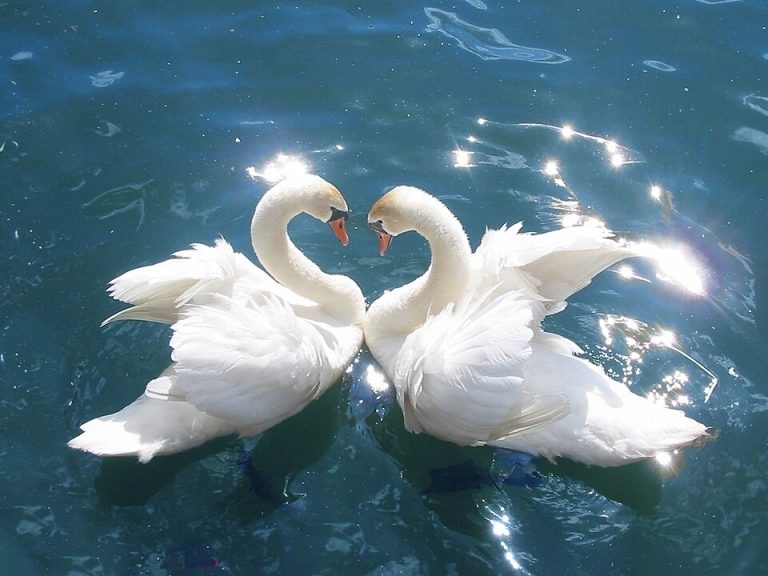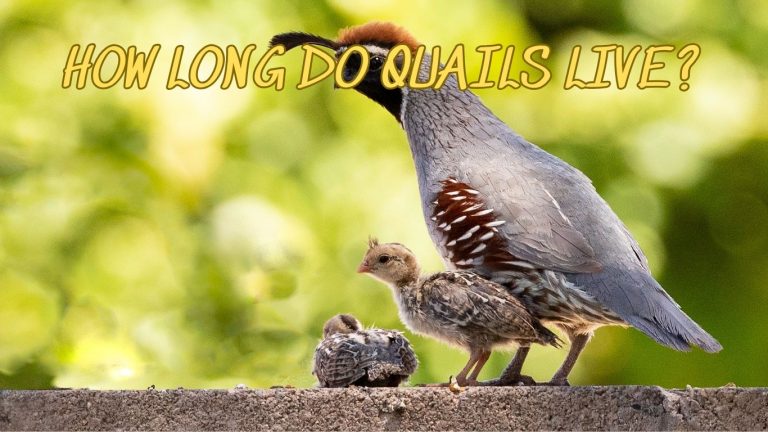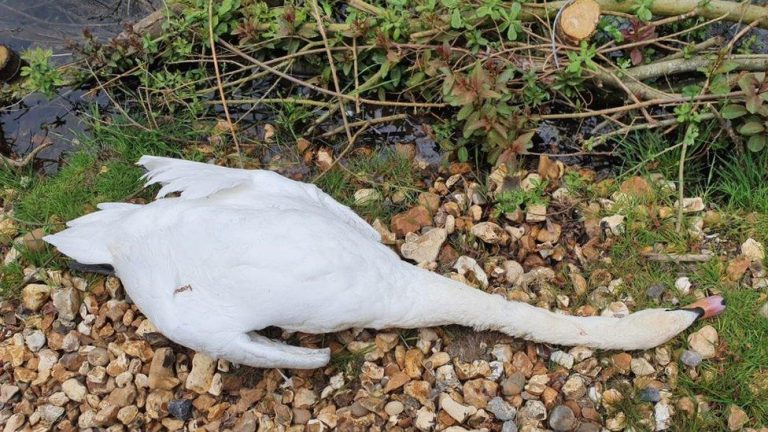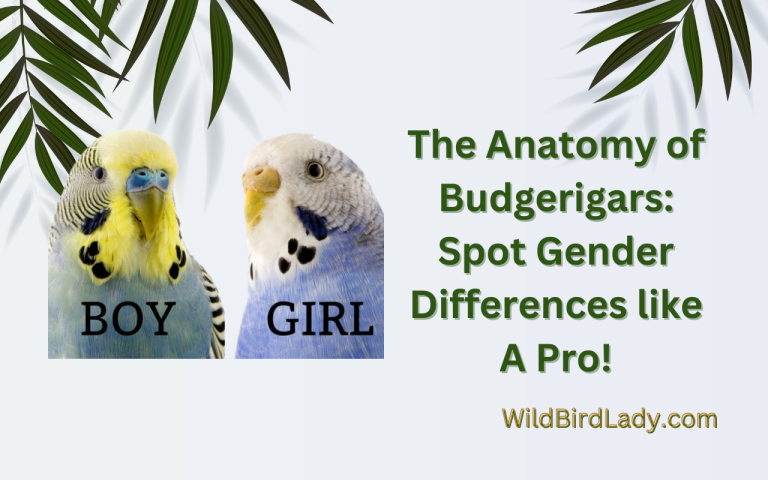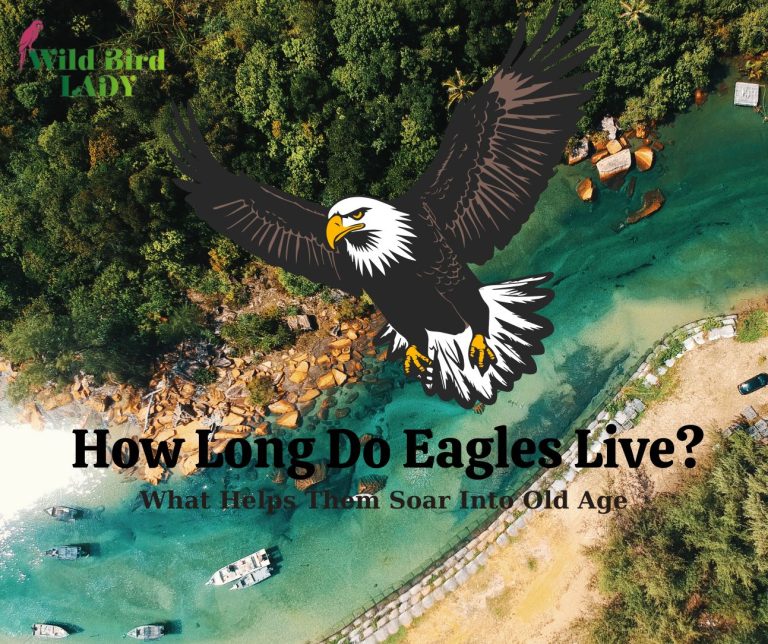Where Do Swans Live? A Complete Guide to Their Natural Habitats Around the World
As someone who has spent over 13 years watching and studying birds, few creatures have captivated me like the swan. With their regal posture, sweeping wingspans, and graceful movements across the water, swans are icons of beauty and strength. But one question I often get from bird lovers and curious minds alike is simple: Where do swans live?
The answer is far more fascinating than you might expect. Swans can be found across multiple continents, from icy northern lakes to temperate lowland marshes and even in urban parks. Their adaptability is remarkable—but each species has unique habitat preferences shaped by climate, geography, food availability, and migration patterns.
In this article, we’ll explore the natural habitats of swans worldwide, species by species. I’ll also share insights into how human activity and conservation are shaping where these majestic birds call home.
A Quick Introduction to Swans
Before diving into their habitats, let’s start with the basics.
Swans belong to the Anatidae family, which also includes ducks and geese. There are six commonly recognized species of swans worldwide:
- Mute Swan (Cygnus olor)
- Trumpeter Swan (Cygnus buccinator)
- Tundra Swan (Cygnus columbianus)
- Whooper Swan (Cygnus cygnus)
- Black Swan (Cygnus atratus)
- Black-necked Swan (Cygnus melancoryphus)
Each species has evolved to thrive in particular habitats and climates. So, when we ask “Where do swans live?”, the answer depends heavily on which swan we’re talking about.
🌎 Where Do Swans Live? Global Overview
Swans are native to North America, Europe, Asia, Australia, and South America—though not all species are found everywhere.
| Region | Native Swan Species |
|---|---|
| North America | Trumpeter Swan, Tundra Swan, Mute Swan* |
| Europe | Mute Swan, Whooper Swan, Bewick’s Swan |
| Asia | Whooper Swan, Tundra Swan |
| Australia | Black Swan |
| South America | Black-necked Swan |
*Note: Mute Swans were introduced to North America from Europe and are now widespread across the U.S. and Canada.
Freshwater Wetlands: The Preferred Home of Swans
No matter the continent, swans typically gravitate toward freshwater habitats like:
- Lakes
- Ponds
- Marshes
- Slow-moving rivers
- Estuaries
- Coastal lagoons
Swans need shallow water where they can dabble or upend to feed on submerged vegetation. They also favor places with aquatic plants, reeds, and grassy shorelines, which provide cover for nesting and a steady food supply.
Species-by-Species Habitat Breakdown
Let’s now explore where each swan species lives, including their breeding and wintering grounds.
1. Mute Swan (Cygnus olor)
Native Range: Europe, parts of Asia
Introduced Range: North America, New Zealand, South Africa
Mute Swans are the iconic white swans seen gliding in English countryside lakes or city parks. They are non-migratory in many parts of their range and extremely territorial during breeding.
Typical Habitats:
- Calm freshwater lakes
- Man-made ponds in urban parks
- Coastal estuaries in winter
Where to Find Them:
- United Kingdom
- Central and Eastern Europe
- Northeastern U.S. (especially the Great Lakes, New York, and Chesapeake Bay)
Mute swans have adapted well to human-modified environments, often nesting in suburban wetlands and feeding on aquatic vegetation, grains, and even handouts from people.
2. Trumpeter Swan (Cygnus buccinator)
Range: North America
The Trumpeter Swan is the largest native waterfowl in North America, known for its powerful call that echoes through northern wildernesses.
Breeding Grounds:
- Alaska
- Western Canada
- U.S. Pacific Northwest
- Interior mountain lakes (Wyoming, Montana, Idaho)
Wintering Areas:
- Southern U.S. (Washington State, Oregon, Great Basin, Midwest river valleys)
Habitat Preferences:
- Remote lakes and marshes
- Protected wildlife refuges
- Pristine wetlands with abundant vegetation
Thanks to recovery programs like the Trumpeter Swan Society, their population has rebounded dramatically since the early 20th century.
3. Tundra Swan (Cygnus columbianus)
Range: Arctic North America and Eurasia
Tundra Swans are long-distance migrants, spending summers in Arctic tundra and winters in more temperate areas.
Breeding Habitat:
- Arctic wetlands in Alaska and northern Canada
Wintering Habitat:
- Eastern U.S. (Chesapeake Bay, North Carolina)
- Pacific coast (California’s Central Valley)
Habitat Highlights:
- Shallow lakes and ponds in the Arctic during summer
- Agricultural fields and estuaries in winter
During migration, they make critical stopovers at wildlife refuges like the Bear River Migratory Bird Refuge in Utah.
4. Whooper Swan (Cygnus cygnus)
Range: Europe and Asia
Whooper Swans are native to Eurasia and are the national bird of Finland.
Breeding Range:
- Iceland
- Northern Scandinavia
- Russia’s Arctic tundra
Wintering Range:
- British Isles
- Western Europe (Netherlands, Germany)
- Japan and Korea (for Asian populations)
Preferred Habitats:
- Summer: remote lakes and bogs in the tundra
- Winter: lowland rivers, lakes, and flooded fields
According to the Royal Society for the Protection of Birds (RSPB), Whooper Swan populations in the UK rely heavily on protected wetland reserves to survive harsh winters.
5. Black Swan (Cygnus atratus)
Range: Australia, New Zealand
Unlike its snowy-white cousins, the Black Swan sports a dramatic black body with red bill and is native to Australia, where it is widely distributed.
Habitat Preferences:
- Large freshwater lakes
- Coastal lagoons
- Salt pans and brackish wetlands
Distribution Notes:
- Common throughout southern Australia
- Introduced to New Zealand and some Pacific Islands
These swans are nomadic rather than strictly migratory. During droughts, they often move to new water sources, sometimes traveling hundreds of miles.
6. Black-necked Swan (Cygnus melancoryphus)
Range: Southern South America
The only swan native to South America, the Black-necked Swan is known for its elegant white body and contrasting black neck.
Where It Lives:
- Chile
- Argentina
- Uruguay
- Southern Brazil
- Falkland Islands
Preferred Habitats:
- Shallow lakes and marshes
- Coastal lagoons and estuaries
- Patagonian steppe wetlands
They are mostly sedentary but may move locally depending on water levels.
Urban and Suburban Swans: A Modern Habitat Shift
Interestingly, many swans—particularly Mute Swans—have adapted to city life. In urban areas, swans thrive in:
- Public parks
- Golf course ponds
- Canal systems
- Reservoirs
While this may seem unnatural, these environments provide swans with:
- Ample food (both natural and human-provided)
- Fewer natural predators
- Protection from hunting
However, urban living brings challenges too—like pollution, entanglement in fishing line, and increased human disturbance.
Seasonal Migrations: Why Some Swans Travel Thousands of Miles
Not all swans migrate, but those that do (like Tundra and Whooper Swans) perform impressive journeys—flying up to 2,000–4,000 miles between breeding and wintering grounds.
These migrations are usually timed with:
- Ice melt in spring (to access northern breeding lakes)
- Freeze-up in fall (forcing movement to milder areas)
Key stopovers during migration include:
- Bear River Refuge (Utah)
- Bosque del Apache (New Mexico)
- Slimbridge Wetland Centre (UK)
Protecting these critical sites is essential to the survival of migratory swan species.
What Makes a Good Swan Habitat?
Across all species, a successful swan habitat must offer:
✅ Clean, shallow water
✅ Abundant aquatic vegetation
✅ Nesting areas free from disturbance
✅ Open visibility (to detect predators)
✅ Mild or protected climate zones in winter
Conservation Efforts: Protecting Swan Habitats
Swans may appear resilient and graceful, but their survival has often hinged on dedicated conservation efforts. Over the last century, many swan populations faced steep declines due to hunting, habitat destruction, pollution, and human encroachment. Thankfully, widespread awareness and targeted interventions have led to remarkable recoveries in several regions.
Let’s take a closer look at the key conservation actions that have helped swans thrive:
Wetland Restoration
Healthy wetlands are the foundation of swan survival. These ecosystems provide essential nesting areas, food sources, and protection from predators. Across North America and Europe, numerous wetland restoration initiatives have focused on:
- Reestablishing natural water flow
- Removing invasive plant species
- Replanting native vegetation
- Creating protected nesting islands
For example, the restoration of shallow lake habitats in the Midwest U.S. and prairie potholes in Canada has directly contributed to the rebound of native Trumpeter and Tundra Swan populations.
Hunting Bans and Legal Protections
Unregulated hunting nearly drove the Trumpeter Swan to extinction in the early 1900s. At one point, only 69 individuals were known to exist, primarily in remote parts of Yellowstone.
Today, thanks to the Migratory Bird Treaty Act in the U.S. and similar regulations in Canada and Europe, swans are legally protected in most countries. These laws prohibit the killing, capturing, or disturbing of swans without special permits, offering them a crucial buffer from human harm.
Ban on Lead Ammunition
One of the silent threats to swans, especially in North America, has been lead poisoning. Swans often ingest small bits of lead shot while feeding in wetlands—mistaking them for gravel or seeds. This leads to a slow, painful death.
To combat this, many countries have enacted bans on lead-based hunting ammunition and fishing tackle near water bodies. Studies have shown that these bans significantly reduce mortality in waterfowl, including swans.
Environmental Education and Community Involvement
Awareness plays a powerful role in conservation. Many organizations, such as the Trumpeter Swan Society, the Royal Society for the Protection of Birds (RSPB), and local wildlife centers, run educational programs to:
- Teach the public about swan behavior and habitat needs
- Encourage respectful birdwatching
- Discourage feeding of inappropriate food like bread
- Engage communities in wetland cleanups and habitat monitoring
When local communities understand the value of swans in an ecosystem, they become active stewards of these elegant birds.
A Success Story: The Comeback of the Trumpeter Swan
According to the Cornell Lab of Ornithology, Trumpeter Swan numbers in North America have surged from just 69 individuals in the 1930s to over 63,000 today. This incredible recovery was made possible by:
- Intensive reintroduction efforts
- Habitat protection in national parks and wildlife refuges
- Public-private partnerships aimed at wetland conservation
Their success is one of the most inspiring examples of how focused conservation can reverse the decline of even the most threatened species.
Final Thoughts: Where You’re Most Likely to See Swans
Whether you’re birdwatching in Alaska, walking through an English park, or exploring Australia’s coast, swans are likely nearby—if you know where to look.
Some top swan-watching locations include:
- Loch Lomond, Scotland
- Chesapeake Bay, USA
- Werribee Wetlands, Australia
- Slimbridge, UK
- El Calafate, Argentina
Swans remind us that wild beauty still exists in our often chaotic world. I encourage everyone to get out, visit a local wetland, and experience these graceful giants in their natural element.
📌 Frequently Asked Questions (FAQ)
❓ Do all swans migrate?
No. Some swans, like Mute Swans and Black Swans, are mostly non-migratory. Others, like Tundra and Whooper Swans, travel long distances seasonally.
❓ Can swans live in saltwater?
They prefer freshwater but can tolerate brackish water. Some species like the Black Swan and Mute Swan are often found in estuaries and coastal lagoons.
❓ Are swans found in Africa or Antarctica?
Swans are not native to Africa or Antarctica. However, Mute Swans have been introduced to South Africa in limited numbers.
❓ Where do swans nest?
Swans build nests on the ground, close to water, using reeds, grasses, and twigs. Nesting islands are ideal because they provide protection from land predators.

